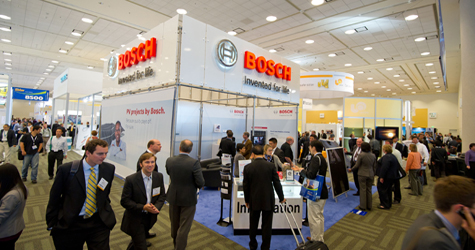Solar how did we get where we are? The future of solar without ITC?
Recently the solar industry has become stronger in the U.S. market with its second start in 2000 with about 4MW installed. This year we expect to reach 9GWs of installed solar. The rush to complete projects before the end of year 2016 ensures a minimum of another 30% increased of installed projects meaning 2016 should end with 12 to 13GWs installed. The ITC will expire at the end of 2016 unless the President, Congress and Senate agree to extend the ITC. Each time the solar industry gets close to some deadline it is amazing how many projects seem to come out of nowhere. There is nothing like urgency to wake up the sales of projects to customers.
During the next 16 months, the module capacity is decreasing dramatically because manufacturers are selling out and cell availability is becoming scarce. The non-availability created by the consolidation and closings of manufacturers from 2012 to 2014 is the major reason for the loss in availability. The new demand has allowed new manufacturers to enter into the market and instead of them coming from China, which has a tariff they are popping up in countries like Thailand, South Korea, Poland, U.S, Malaysia, and India.
Health growth of solar requires over 70% capacity to production requirement
For the industry to have healthy growth, the capacity is best not to go below 30% excess opportunity to manufacturer. Once the industry is below 30% there is an obvious price pressure and module shortages in some markets. Although the module prices have not gone, up yet cells are becoming scares and cell pricing is presently rising. Right behind cell pricing increasing will be panel pricing, how much is yet to be determined but possibly up to 4 cents per watt especially as the middle of 2016 arrives.
Electric bills are starting to go up
Other than the ITC going away what other events has spurred the growth in solar. An increase in the average electricity bill in the summer of 2014 enticed Californians to invest in solar because of a 10% to 20% savings on their electric bill. Additionally, with refined installation processes, faster permitting the time line from sales to completion was reduced dramatically. This installation timeline reduction increased profits allowing companies to reduce cost per watt when selling the solar system.
Another factor is the finance industry has come up with financial instruments that are easy and allow for ownership. PACE and bank loans which were not as readily available have now become more available. The process of getting these loans has enticed more potential solar owners to own instead of leasing further reducing the customers cost of electricity.
In conclusion,
From 4MWs in 2000 to around 9GWs in 2015, the future looked continually brighter. Unfortunately, with the ITC potentially reducing to 10% 2017 in the U.S. could be like a nuclear freeze for half the year. Solutions would be President Obama along with Congress and the Senate actually do something for this country.
If you have any question please contact me at rbenedict@securett.com or 916-284-8841.










